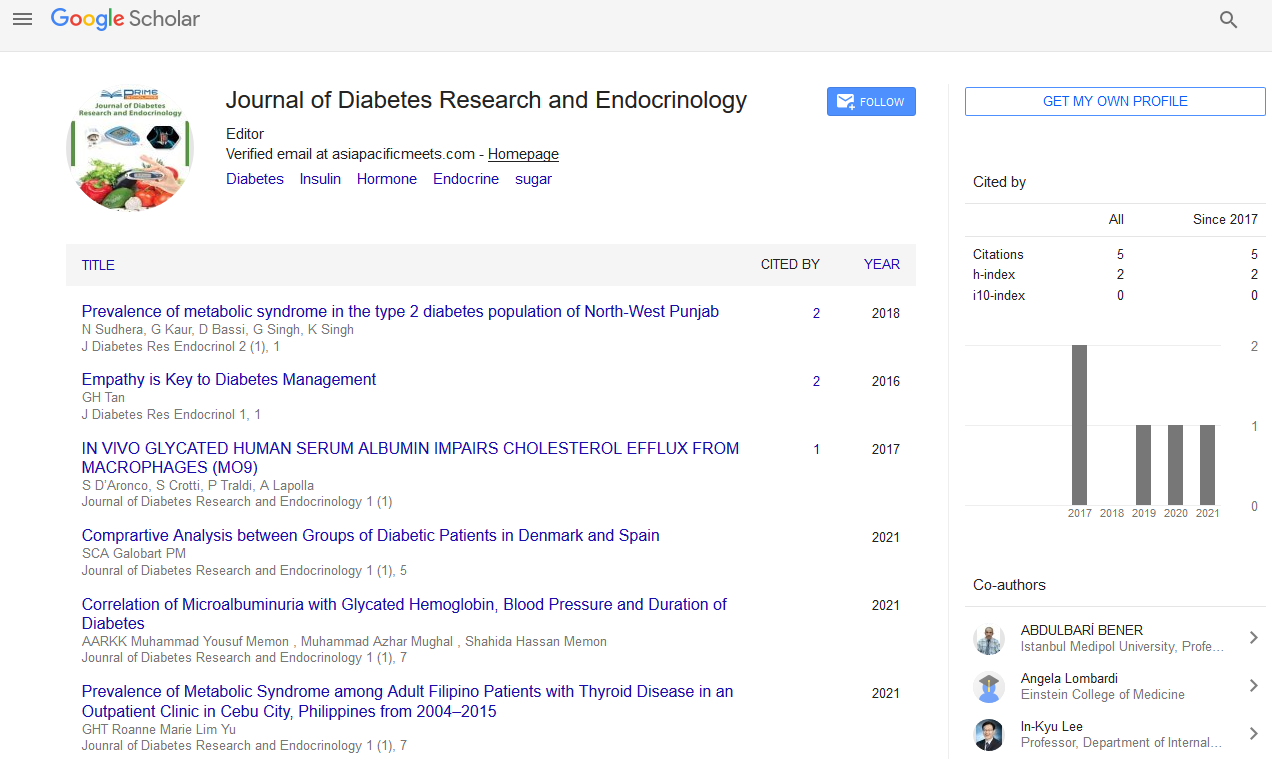Perspective - (2023) Volume 7, Issue 2
Chromaffin Cell Derived Neuroendocrine Tumours like Paraganglioma and Pheochromocytoma
Patrick Hanley*
Department of Information Science and Engineering, Shandong Normal University, China
*Correspondence:
Patrick Hanley,
Department of Information Science and Engineering, Shandong Normal University,
China,
Email:
Received: 31-May-2023, Manuscript No. IPJDRE-23-16904;
Editor assigned: 02-Jun-2023, Pre QC No. IPJDRE-23-16904;
Reviewed: 16-Jun-2023, QC No. IPJDRE-23-16904;
Revised: 21-Jun-2023, Manuscript No. IPJDRE-23-16904;
Published:
28-Jun-2023, DOI: 10.36648/ipjdre.7.2.15
Introduction
As the roles of CT, X-ray, and PET in the diagnosis, organization,
and follow-up of cancers continue to expand, adrenal metastases
are becoming increasingly unexpected. Cancers like
lymphoma, lung cancer, colon cancer, kidney cancer renal cell
carcinoma, and melanoma, a type of skin cancer, spread from
other parts of the body to the adrenal gland through a process
called metastasis. Rarely do adrenal metastases result in symptoms.
An adrenalectomy, a surgical procedure to remove the
tumour and adrenal gland, may be recommended when a metastasis
is bleeding haemorrhaging or is at high risk of bleeding.
Description
Assuming the metastasis has caused adrenal inadequacy, steroids
might be required. Over 66% of the time when it is discovered,
the disease has spread beyond the adrenal organ, hosing
the expectation, regardless of how it might be re-established
in its initial stages. At the point when the growth can be precisely
eliminated when it is found in its beginning phases, the
five-year endurance rate is somewhere in the range of half and
60%. There is conceivable of fix when adrenal dangerous development
is seen as right on time. However, if the malignant
growth has spread beyond the adrenal organs, a cure is more
unlikely. The goal of treatment is to stop recurrence or progress.
The majority of adrenal gland growths are benign rather
than cancerous. Chemotherapy and radiation, among other
treatments, make up a significant portion of our palliative care.
This shows that, while these medicines can diminish developments,
lighten side effects, and delay endurance, they can’t
totally destroy the illness. The initial treatment of the primary
cancer, typically with chemotherapy or radiation therapy, is
the most effective treatment for adrenal metastases. Careful
resection is considered for patients with disconnected adrenal
metastases and other respectable or possibly reparable metastases.
The 5-year perseverance pace of high adrenal dangerous
development is 38%. This demonstrates that, at the end of five
years, 38 out of every 100 people diagnosed with stage 4 adrenal
disease will still be alive. Having said that, it’s important
to remember that these figures are just examples. Everybody
is impacted contrastingly by treatment. Because humans cannot
survive without hormones, patients who have both adrenal
glands removed, which is extremely uncommon, must take
hormone-supplementing medications. Adrenal tumours come
in two varieties: Malignant and benign not cancerous. Indeed,
even harmless adrenal growths can make adverse consequences
or agitating side effects. Adrenal growths can be dangerous
disease or harmless not destructive. Indeed, even harmless
adrenal cancers can possibly be hurtful or to achieve agitating
side effects.
Conclusion
Neuroendocrine tumors derived from chromaffin cells, such as
paraganglioma and pheochromocytoma, are the most common
cause of adrenal gland disease-related sudden death, followed
by adrenal hypo function as a result of adrenal hemorrhage.
The vast majority of adrenal tumors in people with no known
cancer are benign adenomas. They develop at a slower rate
than malignant tumors do. When closely monitored, a person
can live a normal life. Although some people require hormone
replacement therapy, the majority of people with only one adrenal
gland do not.
Citation: Hanley P (2023) Chromaffin Cell Derived Neuroendocrine Tumours like Paraganglioma and Pheochromocytoma. J Diab Res Endocrinol. 7:15.
Copyright: ©2023 Hanley P. This is an open-access article distributed under the terms of the Creative Commons Attribution License, which permits unrestricted use, distribution, and reproduction in any medium, provided the original author and source are credited.

